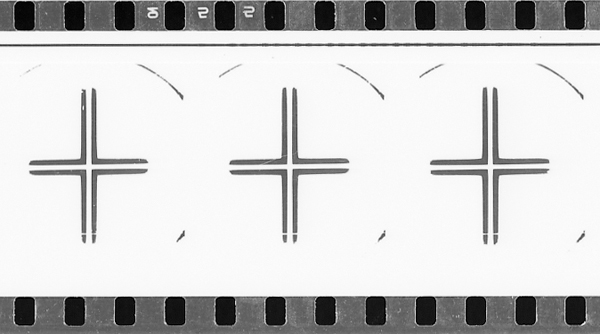Synopsis
"
Elements is a continuation, both stylistically and programmatically, of
Luukkaankangas – Updated, Revisited (2004). In this work data images animated in loops on the Web site Alaska Weather Camera Program show occupied terrains in deserts of ice. At the same time
Elements does not make reference to a precise object; it relates directly to space, to impregnable landscapes and uncertain horizons. While the Webcams' motifs are small airfields in Alaska and the weather conditions there, time lapse and collage make the functional data disappear in the same way as the concrete objects, cars and planes. They yield to a rhythmization of the space that generates its elementary appearance as an interconnection of white planes which are empty of meaning. The landscape's nature is subject to this fast alternation, driving clouds and snow, extreme intensities of light. The video evokes a different sense of time, as the objects' comprehensible daily drama is removed: They're there and then gone; present, and then absent. In other words they do not follow a teleological plan, and are like insignificant kinetic
elements whose visibility comes between the images. The images decide whether the bodies, including the landscape's, will last or not. At the same time it is an element of the light which recovers the image, stark sunlight burning into the camera's lens and subjecting the video material to interference. Element theory becomes a theory of conflicting forces. One could say that
Elements is a horizon film rather than an object film which however works incessantly on the dissolution of the horizons with the purpose of approaching a kinetically contingent abstraction." –
Marc Ries (Translation by Steve Wilder)

